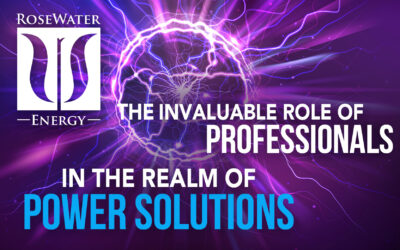Generators
A generator in its simplest form is a device that spins a coil of wire in a magnetic field which in turn generates electricity. Why that generates electricity is a much more complicated subject that is not relevant to the discussion. Utilities use very large generators to power the grid. Individuals use smaller generators as a backup should the grid go down.
Because generators cannot anticipate demand, they are subject to surges and sags in both voltage and frequency (60 cycles). At the grid level, when the demand for electricity exceeds the generators’ capacity, brownouts and blackouts occur.
A generator’s “runtime” is primarily determined by the available amount of fuel. Generators are notorious for poor quality power.
The Hub used in conjunction with a generator will correct the power quality issues inherent in generators.
Solar Panels
A solar panel works by using the light energy from the sun (photons) to produce electricity by releasing electrons from the materials that are in a solar panel. The sun on a cloudless day, at the equator, puts about 1 kW of energy per square meter on the earth. The typical solar panel is about 20% efficient, which translates into about 200 Watts per square meter under ideal conditions.
Because solar panels produce “direct current” (DC), they need inverters to power equipment which overwhelmingly require “alternating current” (AC) to function. The output of solar panels is unpredictable due to clouds, atmospheric conditions and change in sun angle during the day. Also, they are not much use at night. Therefore, without batteries, they are not a good choice for a primary power source.
The RoseWater Hub can take up to 10 kW of DC power from solar panels. As a non-grid interactive product, we self-consume the solar power that we produce. Solar power generated is used to charge the batteries and help the Hub feed the needs of the home.
Battery Storage
Batteries produce electricity through an “electrochemical” reaction usually involving some type of metal and an acid. Battery capacity is measured in kilowatt hours (kWh) or amp hours (Ah). Runtime is determined by taking the draw in Watts and dividing it into the number of kilowatt hours. As an example, if you are drawing 3 kW and you have 30 kW hours you will be able to run for 10 hours. One caveat though is, while it is possible, you should try not to allow a battery to drain completely. This is very unhealthy for the battery.
Batteries produce direct current (DC), therefore, just like solar panels, an inverter is needed to power your equipment. The inverter size determines how much power can be delivered to your equipment.
Be aware that the size of the invertor dictates the amount of current you can draw regardless of the size of the batteries.
A misconception we frequently hear is that battery storage and power conditioning are one and the same. They are not.
A feature of the RoseWater Hub is a minimum of 28.8 kWh of safe battery storage providing the power reliability and the power quality that is native to RoseWater’s Hubs.
Power Conditioners
A power conditioner is a device that regardless of the input power consistency, the output is always constant. There are two major types of power conditioners: transformers and double conversion inverter systems. A transformer is very effective at voltage control but cannot “make up” for frequency changes. A double-conversion inverter system corrects for both voltage and current inconsistencies. It does so by converting all inputs to DC and then “rebuilding” the required AC wave. Double conversion systems provide the best power conditioning possible. A note of caution though, many systems claim to provide power conditioning. However, any system with a transfer time cannot be a true power conditioner regardless of the duration of the transfer.
A home with a generator should have power conditioning to protect itself from the sags and surges a generator creates.
RoseWater Hub utilizes a double conversion inverter system, that consistently produces the highest quality power at all times.
The RoseWater Hub is simply the most complete power management system available today.
For more information click on the following link:
https://rosewaterenergy.com/products/



